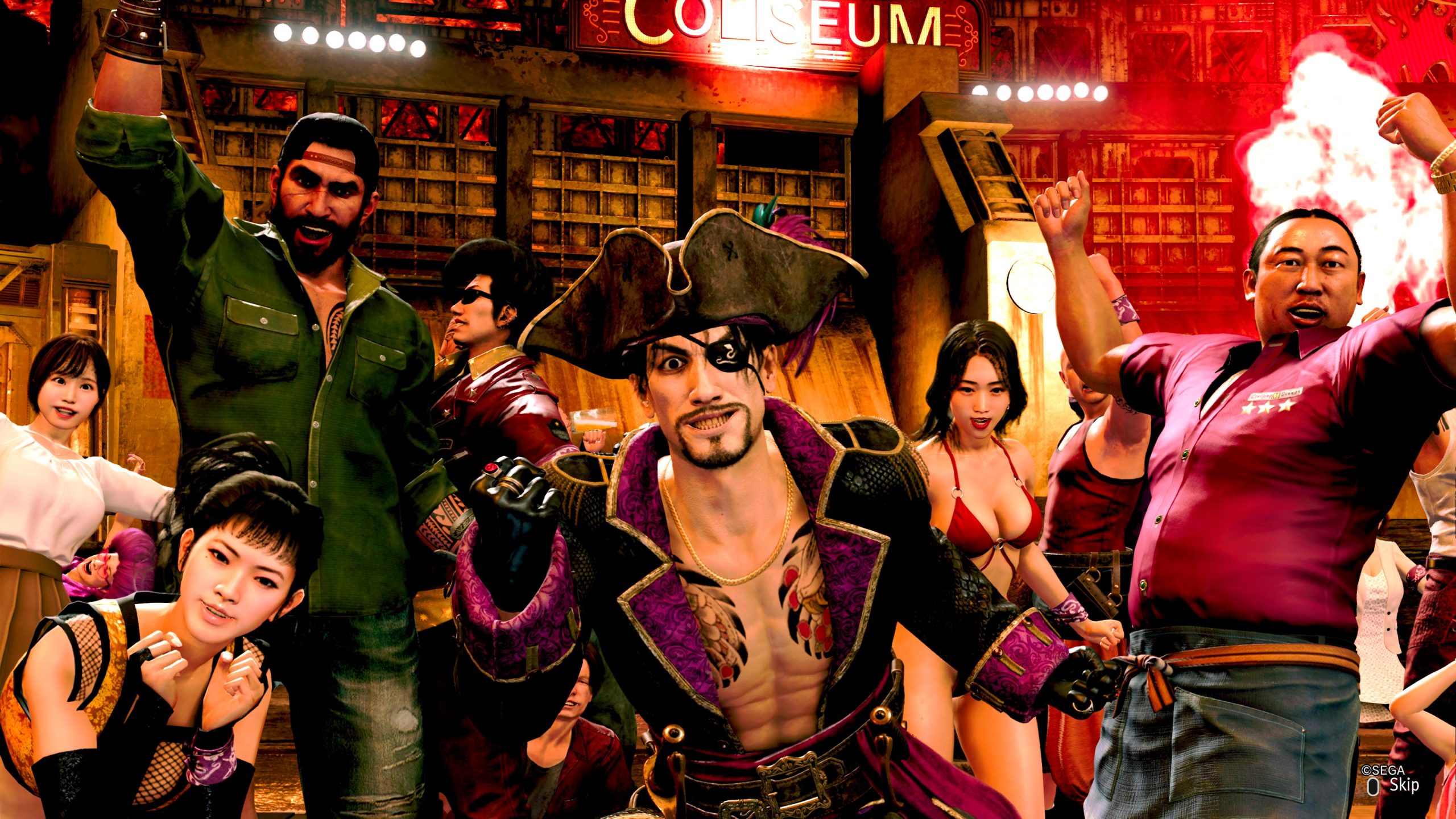Anyone unfamiliar with the Like A Dragon series might assume it’s the gaming equivalent of a Wetherspoons with poor acoustics: suffocating noise, confusing conversations, reused textures, and the constant, anxious threat of erupting violence. And while it’s true that at least 60 percent of your problems can be resolved by hitting menacing men with bicycles, the Yakuza games actually have disarming emotional range. They’re as much about reflective conversations on rooftops as they are about punching bears; the only games that let you crush an enemy’s ass with a weaponised bollard make you contemplate what it means to grow old in a world you no longer recognise.
Like a Dragon: Pirate Yakuza in Hawaii reviewDeveloper: Ryu Ga Gotoku StudioPublisher: SegaPlatform: Played on PS5Availability: Out 21st February on PC (Steam), PS4/PS5 and Xbox Series X/S and Xbox One
This is exactly why Like A Dragon: Pirate Yakuza in Hawaii is a less tantalising prospect, in some respects, than yet another game set in Kamurocho. Its tale of cutlass-flashing derring-do, secret island hideaways, and 18th century galleons suggests a game with a thuggish disregard for subtlety. Even the choice of protagonist—the pleasantly unhinged Goro Majima – a man who, right now, you’re probably imagining screaming, stabbing, or both – speaks to a heightened sense of throwaway irreverence. It’s the sort of concept people who don’t play Yakuza probably think series obsessives would love, when, actually, all we want is to try all the different whiskies at a sunakku bar in the Champion District. Against all expectations, however, this chaotic spin-off manages to feel rich and refreshing while still delivering the grandiose dramatic moments that make the series so wonderful.
To see this content please enable targeting cookies. Watch on YouTube
Perhaps the most surprising thing is how quickly I’m willing to accept the possibility that a series of career criminals would indeed choose to haunt the Pacific in tricked out Age of Sail frigates. This isn’t a throwaway joke. It does an incredible job of introducing an absurd collection of disparate ideas in the first few hours, with enough emotional heft and direction that I barely questioned why Japanese comedian Ryûji Akiyama was my new ship’s cook, or, indeed, why I was on a ship in the first place. The game maintains this clip over the course of its 18-odd hour campaign. And, despite the pace, it manages to introduce loads of new stuff without it becoming overwhelming. The side stories and minigames are deftly woven into the main quest without ever feeling like narrative speedbumps, and I rarely felt like I was being told too much, too soon (although there were a few occasions where I had to track back into the upgrades menu to remind myself what I unlocked).
Some of the new additions are more compelling than others – I certainly spent more time cooking meals and fighting naval battles in my playthrough than I did saving strays for Majima’s makeshift animal sanctuary – but it’s lovely to know that stuff is there when I choose to go back to it. There’s also a raft (sorry) of other classic distractions including arcades, a Master System, Dragon Kart, swimming, photography, gambling, and more. It’s enough to fill anyone aiming for 100 percent completion with a sense of nameless dread, and yes, you will have to learn the hanafuda rules again. I also have to give a brief, vague shout out to the Minami Girls side story, which starts weird, gets weirder, then goes to a place even the most perceptive/damaged Yakuza obsessive couldn’t predict.
The sailing is a shorthand way of understanding the tone of Pirate Yakuza in Hawaii. In the unlikely event you were worried about having to trim your sails, tack into the wind, and tell a clove-hitch from a carrick-bend, fret not. Everything that isn’t fun, including sailing in the traditional, gusty sense, is largely absent. If you want further evidence, all you need to know is that your ship can boost, drift, and has machine guns. The result is something utterly bizarre: an arcade twist on Master and Commander, in which you can sling your 1000-ton warship around the stern of an enemy ship and rake them with your laser cannons like you’re playing Forza on the high seas.
The limited use of boost means there are moments where your ship slows down and feels legitimately weighty – and an added sense of scale comes from being able to stroll around on deck whenever you want. But naval battles are usually swift and exhilarating. I found myself looking for fights when travelling between islands, which is a useful measure of how fun it is to sink enemy ships with juddering broadsides. Also: this is coming from someone who unironically loved driving sensibly in the Yakuza 5 taxi missions, and who’s read all the entire Aubrey-Maturin series, so I’ll admit I’m in the centre of this extremely specific Venn diagram.
